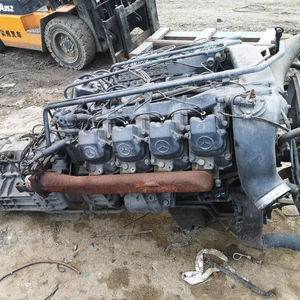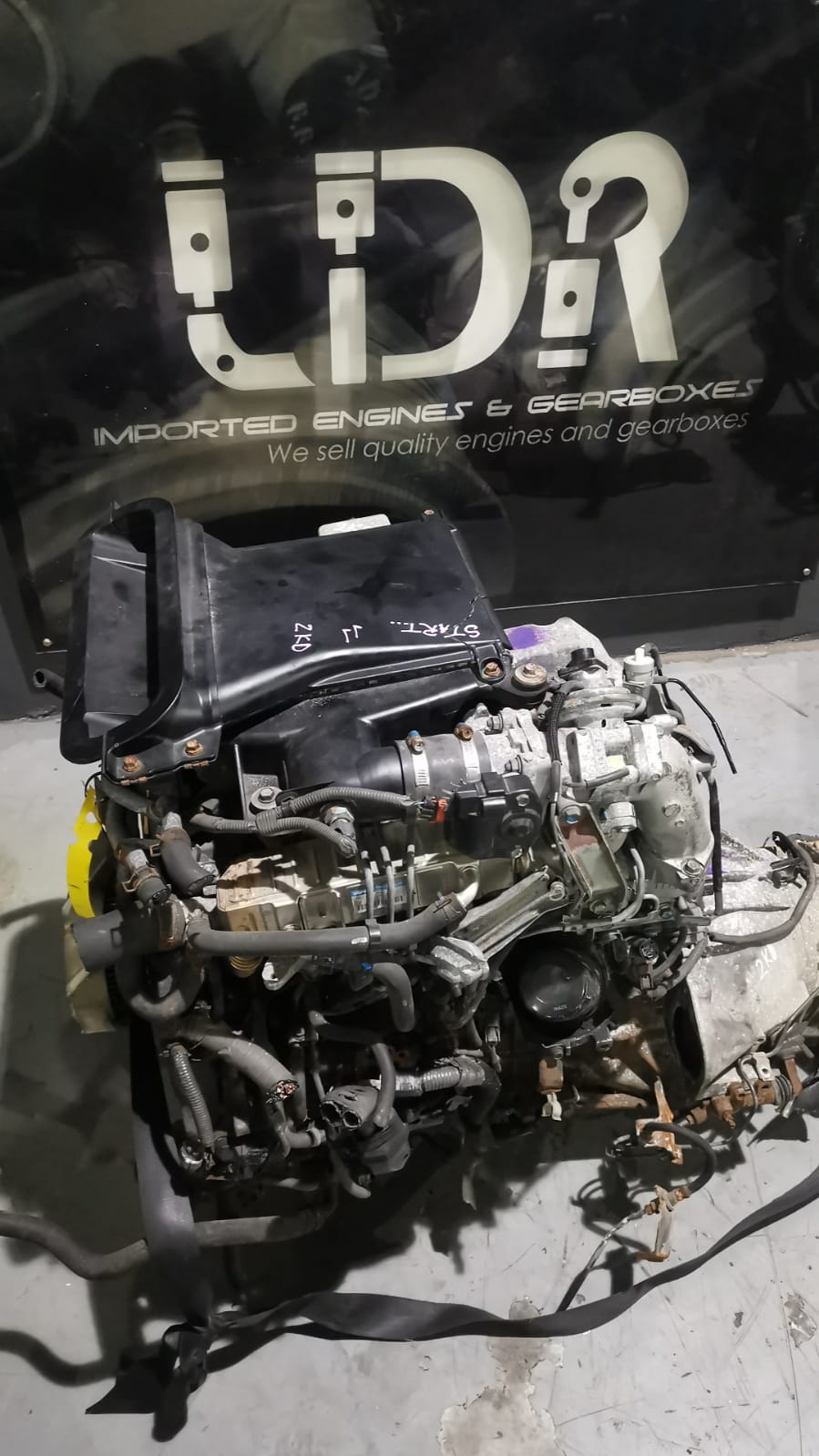Opel Corsa Engine: Common Issues and Just How to Fix Them
Checking Out the Inner Functions of a Compact Automobile's Engine System
As vehicle drivers, we commonly consider given the detailed processes that happen within the confines of our lorry's engine system. The portable yet complex machinery that drives us forward is a marvel of engineering precision and sychronisation. From the controlled explosions in the combustion chamber to the meticulous timing of fuel shot, every part plays a critical duty in the smooth procedure of the engine. In this expedition of a portable lorry's engine system, we will certainly unwind the inner functions of this mechanical harmony, clarifying the mysteries that drive us forward on our day-to-day trips.
Burning Process Introduction
The combustion procedure in a compact automobile's engine system is a vital mechanism that effectively transforms fuel right into energy to power the lorry. This process takes place within the combustion chamber of the engine, where fuel and air mix, stir up, and produce regulated explosions. The combustion procedure contains 4 main stages: consumption, power, compression, and exhaust.
Throughout the intake phase, the piston moves downward, pulling in a combination of air and gas into the burning chamber. The next phase, compression, includes the piston relocating up, pressing the air-fuel blend to enhance its effectiveness. Consequently, in the power phase, the ignition system ignites the pressed mixture, leading to a quick development of gases that forces the piston pull back. This downward motion creates the power needed to drive the automobile. Finally, in the exhaust phase, the burned gases are gotten rid of from the combustion chamber with the exhaust shutoff, preparing the chamber for the next cycle. This cyclic burning process is essential to the procedure of a compact automobile's engine system, guaranteeing reliable power conversion for propulsion.
Piston and Cyndrical Tube Communication

The piston's precise fit within the cylinder is essential for keeping optimum compression and protecting against power loss throughout combustion. Limited clearances in between the piston and cyndrical tube wall surfaces make sure effective sealing, allowing the piston to relocate smoothly without allowing gases to leakage past. Appropriate lubrication is also crucial to minimize friction and wear between these elements, enhancing long life and efficiency.
Additionally, the design and products used in making the piston and cylinder influence engine effectiveness and sturdiness. Modern engines frequently use lightweight yet durable products like aluminum alloys for pistons and cyndrical tube liners to minimize inertia and enhance thermal effectiveness. Overall, the unified interaction between the piston and cyndrical tube is essential to the engine's capability and general efficiency.
Fuel Shot System Capability
Fuel shot systems in portable car engines play a critical function in specifically delivering gas to the burning chamber for regulated and efficient ignition. The fuel shot system functions by injecting fuel right into the burning chamber at the optimal moment during the engine's procedure (opel corsa engine). This specific timing ensures that the fuel blends equally with the air for correct combustion, read resulting in enhanced gas performance and reduced discharges
There are mostly 2 sorts of gas shot systems made use of in small vehicle engines: port gas injection (PFI) and direct fuel injection (DFI) PFI systems infuse gas right into the consumption port prior to the intake shutoff, while helpful resources DFI systems infuse gas directly right into the burning chamber. Both systems have their benefits, with DFI offering better fuel atomization and PFI supplying a much more cost-efficient solution.
Understanding Engine Cooling Mechanisms
Effective procedure of a compact lorry's engine relies greatly on the effectiveness of its cooling systems. The cooling system in a small lorry normally consists of numerous components functioning together to control the engine temperature level. Understanding these engine cooling mechanisms is important for keeping the efficiency and long life of a small vehicle's engine system.

Exhaust System Components Explained
The optimal performance of a compact car's engine air conditioning mechanisms depends on a complementary system recognized as the exhaust system, which consists of numerous important elements for making certain reliable exhausts and engine efficiency. The exhaust system includes components such as the exhaust manifold, catalytic converter, muffler, and tailpipe. The exhaust manifold collects exhaust gases from the engine's cylinders and routes them to the catalytic converter. The catalytic converter after that transforms harmful pollutants in the exhaust right into much less harmful emissions before releasing them via the muffler and tailpipe.
One crucial part of the exhaust system is the oxygen sensor, which checks the oxygen degrees in the exhaust gases to assist regulate gas usage and ensure optimum engine efficiency. opel corsa engine. Additionally, the resonator might be existing in some exhaust systems to decrease sound levels. Overall, the exhaust system plays an essential function in maintaining engine performance, decreasing harmful exhausts, and guaranteeing a quieter driving experience for compact automobile owners

Conclusion
In final thought, the compact automobile's engine system is a complex mix of parts that interact to help with the burning process, transform gas into power, and expel waste gases. Comprehending the internal workings of the engine system, consisting of the piston and cyndrical tube interaction, fuel shot system, engine cooling systems, and exhaust system parts, is essential for preserving optimum performance and effectiveness of the lorry.
The burning Your Domain Name process in a small automobile's engine system is a crucial system that successfully transforms gas into energy to power the car.Gas shot systems in small car engines play a crucial function in specifically supplying gas to the burning chamber for efficient and controlled ignition.There are mainly two types of fuel injection systems used in small car engines: port fuel injection (PFI) and straight gas shot (DFI) Comprehending these engine air conditioning systems is crucial for keeping the efficiency and durability of a small automobile's engine system.
The ideal functioning of a small car's engine cooling mechanisms depends on a complementary system recognized as the exhaust system, which consists of numerous crucial parts for making certain reliable discharges and engine performance.